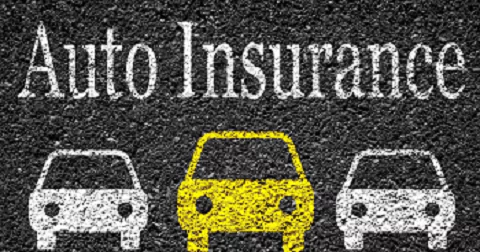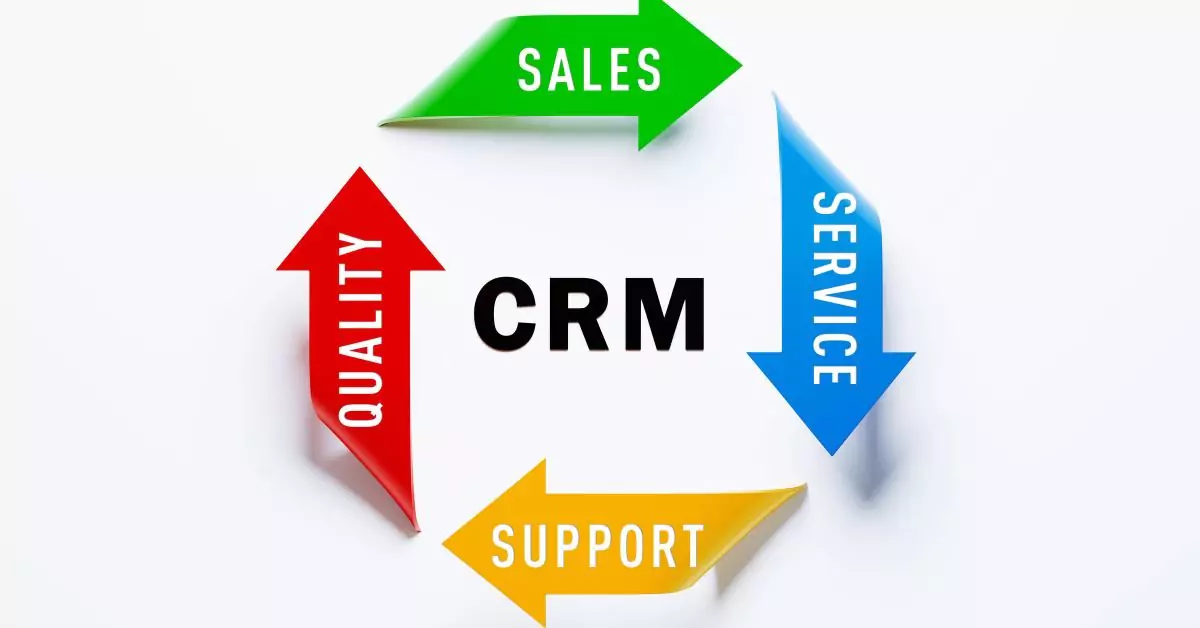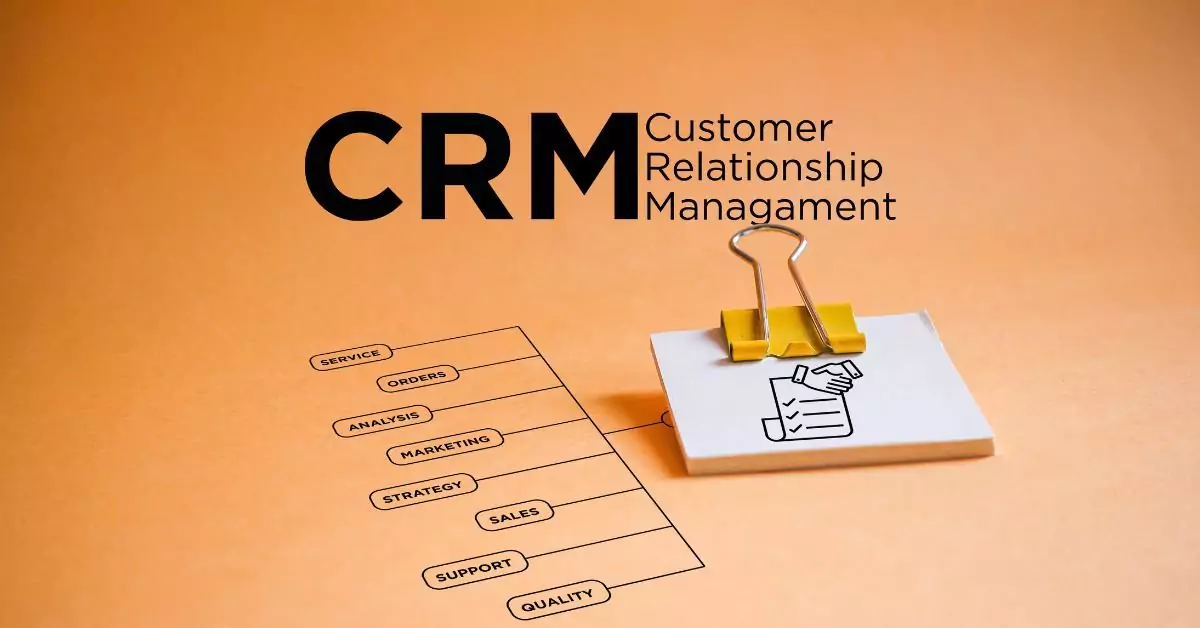Auto insurance is a critical aspect of responsible car ownership. It provides financial protection in case of accidents, damages, or theft. However, navigating the various types of auto coverage can be confusing. This article aims to simplify the process by explaining the different types of auto coverage available and helping you make informed decisions about the coverage that suits your needs.

Introduction
Auto coverage provides financial security when unexpected events occur on the road. Familiarizing yourself with the types of coverage available will help you make the right choices to safeguard your vehicle and your finances.
Mandatory vs. Optional Coverage
Auto insurance typically requires mandatory coverage, while other options are available for additional protection. It’s crucial to understand both types to ensure adequate coverage.
Liability Coverage
Liability coverage is mandatory in most states. It covers injuries and property damage to others when you are at fault in an accident. It’s divided into bodily injury liability and property damage liability.
Collision Coverage
Collision coverage pays for damages to your vehicle caused by collisions with other vehicles or objects, regardless of fault. It’s particularly useful for newer or high-value vehicles.
Comprehensive Coverage
Comprehensive coverage protects your vehicle from non-collision incidents, such as theft, vandalism, natural disasters, and falling objects. It’s often required by lenders for leased or financed vehicles.
Uninsured/Underinsured Motorist Coverage
This coverage safeguards you if you’re involved in an accident with a driver who lacks insurance or has insufficient coverage. It covers medical expenses and damages to your vehicle.
Personal Injury Protection (PIP)
PIP coverage, required in some states, covers medical expenses, lost wages, and other costs for you and your passengers after an accident, regardless of fault.
Medical Payments Coverage
Similar to PIP, medical payments coverage covers medical expenses resulting from an accident, regardless of fault. It’s optional in most states and complements health insurance.
Rental Reimbursement Coverage
If your vehicle is in the shop for repairs due to a covered accident, rental reimbursement coverage helps cover the cost of a rental car during that time.
Gap Insurance
Gap insurance is crucial for leased or financed vehicles. It covers the difference between what you owe on the loan or lease and the actual value of the vehicle in case of a total loss.
Choosing the Right Auto Coverage
Evaluating Your Needs
Consider your driving habits, the value of your vehicle, and your financial situation. A more comprehensive policy might be necessary if you commute frequently or have a newer car.
Considering Your Vehicle’s Value
The value of your vehicle matters. Older vehicles with lower values might not require comprehensive coverage, while newer vehicles could benefit from it.
Assessing Risk Factors
Factors like your location, driving history, and the likelihood of accidents influence the coverage you need. Higher risk factors might necessitate more comprehensive coverage.
Comparing Quotes
Shop around and get quotes from multiple insurers. Compare coverage options, deductibles, and premiums to find the best fit for your budget and needs.
Conclusion
Understanding different types of auto coverage is essential for making informed decisions about your insurance policy. Tailoring your coverage to your specific needs, vehicle value, and risk factors ensures that you have the protection you need while on the road.
FAQs (Frequently Asked Questions)
What is liability coverage in auto insurance?
Liability coverage pays for injuries and property damage to others when you’re at fault in an accident. It includes bodily injury and property damage liability.
What is comprehensive coverage?
Comprehensive coverage protects your vehicle from non-collision incidents, such as theft, vandalism, and natural disasters.
Why is uninsured/underinsured motorist coverage important?
This coverage protects you if you’re in an accident with an uninsured or underinsured driver, covering your medical expenses and damages.
What is the role of gap insurance?
Gap insurance covers the difference between what you owe on a loan or lease and the actual value of your vehicle if it’s declared a total loss.
How do I choose the right auto coverage?
Evaluate your driving habits, vehicle value, and risk factors. Compare quotes from different insurers and select coverage that aligns with your needs and budget.





